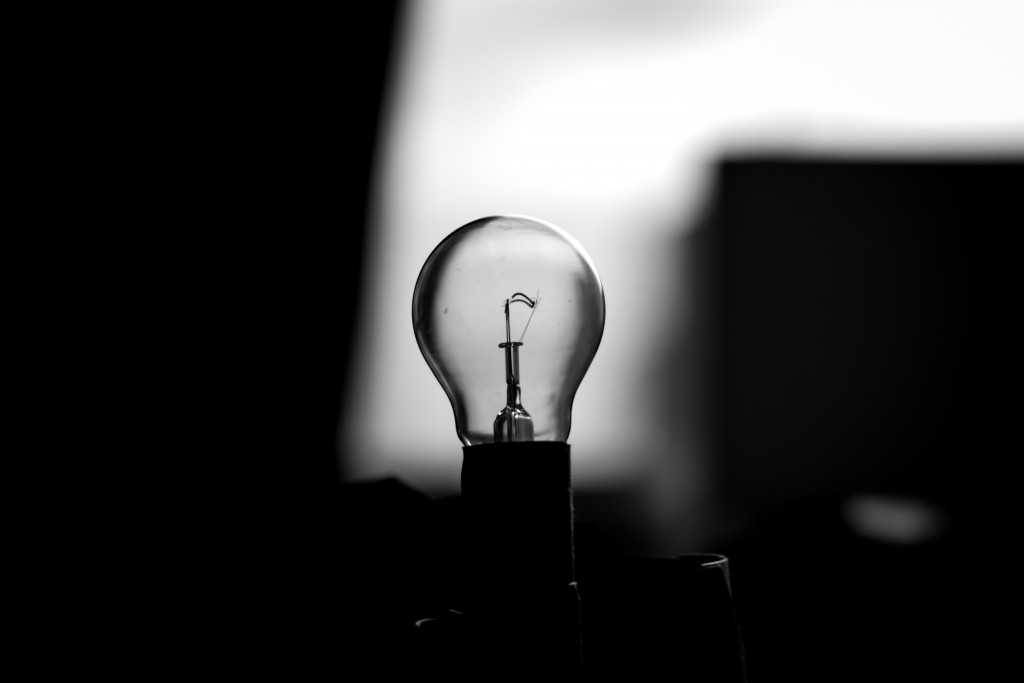For many business owners, maintaining workplace productivity can be a conundrum. They then spend thousands of dollars on tools and solutions that do not work.
Keeping your employees engaged, happy, and at the top of their game need not involved complex problem-solving. Some changes can already provide you with a big impact:
1. Clean the Windows
Do you know that one of the best solutions to employee productivity is also renewable energy? Sunlight can help your business in these ways:
- It strengthens immunity – Sunlight exposure can help the body produce vitamin D. Also known as the sunshine vitamin, it improves the absorption of calcium in the bones and decreases the risk of upper respiratory tract infections. It also regulates the immune system. All these can reduce the odds of absenteeism because of an illness.
- It boosts serotonin – Serotonin is a neurotransmitter that regulates mood, sleep, and memory. Many studies already show a strong connection between anxiety and depression and lower levels of this chemical.
- It controls the circadian rhythm – The body’s internal clock is sensitive and responsive to the amount of light it perceives. When space is darker than usual, it may produce melatonin, which makes people feel sleepy.
The workplace can increase sunlight exposure by having walkable green spaces outside. Otherwise, call professional window cleaning services to get rid of dust and dirt. Indirect sunlight can still be beneficial.
2. Add Some Greens
Many offices embrace utilitarian, minimalist, or lean designs, assuming that more objects can increase distractions. These exempt plants. A 2014 study revealed that having greens around could boost productivity by 15% compared to workplaces without them. Employees reported feeling happier, more focused, and satisfied with their jobs.
In color psychology, green is a relaxing color because it seems to remind people of nature. Being with nature can lower stress levels based on Kaplan’s attention restoration theory (ART).
When a person sits on their workstation to work, they are doing intentional focus. They are forcing their brain and eyes to concentrate, and that can cause fatigue later on. It is the opposite case when you look at the clouds or gaze on the trees. The focus seems effortless, so the mind relaxes.
3. Lighting

The right amount of light can spell the difference in productivity. When it’s insufficient, it forces people to squint, and that can trigger headaches.
Bad lighting can also make a person feel sleepier because of increased melatonin production. Harsh lighting, meanwhile, can also cause headaches and glare that makes even looking at the screens difficult.
The best lighting for the office depends on many factors, such as the colors of the walls, the tasks your employees do, and the function of the space. For instance, a task lamp is better than overhead lighting for those who need to work on their PCs. Many warm bulbs in a small space may not be ideal since they can raise the temperature, making workers feel uncomfortable.
Workplace productivity can fluctuate, and that’s normal. If it stays down for a longer period, though, it demands assessment. The problem may not be the workers themselves but their environment.

